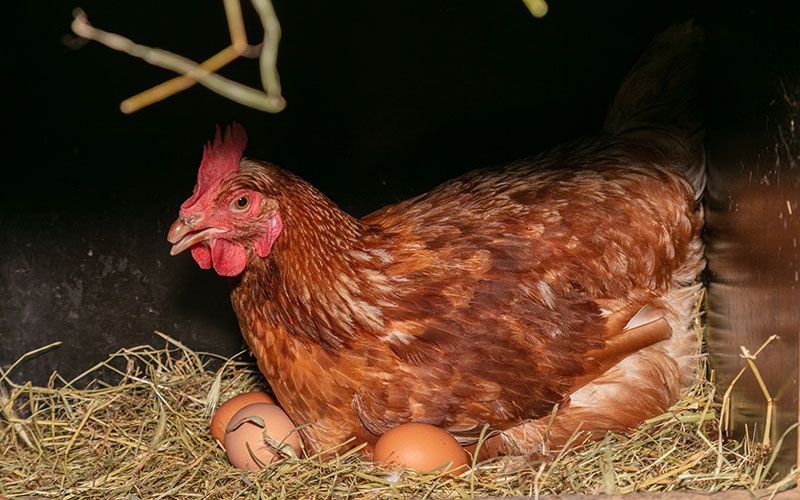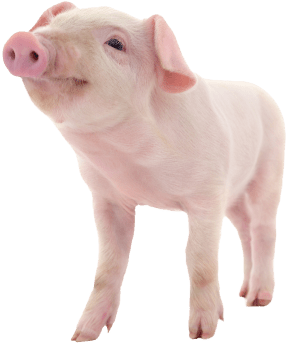
Layers vs Broilers: A Guide
|
|
Time to read 3 min
 You are being redirected to QC Supply Pharmacy, where you’ll find a wide selection of high-quality prescription and pharmaceutical products for animals of all sizes.
Enjoy the same great service and expertise you trust from QC Supply.
Click below to continue shopping.
Continue
No thanks, stay on the main site
Powered by
You are being redirected to QC Supply Pharmacy, where you’ll find a wide selection of high-quality prescription and pharmaceutical products for animals of all sizes.
Enjoy the same great service and expertise you trust from QC Supply.
Click below to continue shopping.
Continue
No thanks, stay on the main site
Powered by


|
|
Time to read 3 min
While there are many facets to poultry farming, large or small, many of which cater to dietary needs and preferences. Two of the more common categories of poultry farming are broilers and layers. While we will get into the finer details, at a high level broilers are birds bred and raised for meat production (i.e. for eating), and layers are primarily raised for egg production.
Raised specifically for meat production, broilers are typically harvested at a young age, usually around 6-7 weeks, when they have reached their ideal weight. Broilers are known for their fast growth and high meat yield, making them the primary source of chicken meat for production. This is true of a commercial broiler operation or a smaller, backyard operation.
Broilers are usually crossbred for maximum meat production. The breeds are selected for traits like rapid growth, large breast size, and efficient feed conversion. Three of the best breeds for broilers are
Broilers grow at an accelerated rate and gain weight rapidly. This growth is achieved through a combination of genetics and high-quality nutrition, making them ready for slaughter in a matter of weeks.
To maintain their rapid growth rates, broilers require a high-energy, high-protein diet. Their feed is carefully formulated to promote muscle development and weight gain
Designed for maximum space efficiency during their relatively short lifespan, broilers are typically raised in a large commercial poultry house with controlled environments.
Broiler farming has a shorter production cycle, leading to more frequent income generation (if you are selling your broilers for profit, like in a commercial operation). The quick turnover also means you will need to invest in long-term housing and care.
Raised specifically for their egg-laying production. They are chosen for their ability to lay a high number of eggs consistently over an extended period, typically spanning from 18 months to several years. The focus is on eggs, rather than meat.
Raised specifically for their egg-laying capacity, layer breeds like White Leghorns and Rhode Island Reds are popular choices for egg production due to their prolific laying abilities.
Layers reach maturity slower than broilers and will start laying eggs at around 4-6 months of age. They are bred to produce a consistent supply of eggs over an extended period, giving them a longer productive life when compared to broilers.
A well-balanced layer diet supports egg production. Their feed contains specific nutrients like calcium to support strong eggshells & proteins to facilitate egg formation.
Designed to provide a comfortable & conducive environment for egg-laying. These facilities, both large & small, include nesting boxes, perches & climate control to ensure the well-being of the hens and the quality of the eggs.
Layers require a more extended investment, both in terms of housing and ongoing care. However, this investment can provide a steady source of income through egg production, which is true if you have a large-scale commercial operation or just a small flock in your backyard.
Hopefully, we've given you some basic information to help inform your decision on what type of chickens you want to raise - layers or broilers. Do you want meat or eggs? Looking for poultry equipment now that you've chosen your birds? Here at QC Supply, we've got you covered from incubators to waterers and feeders.
Do you have any tips or stories with your flock of layers or broilers? Drop us a comment below!